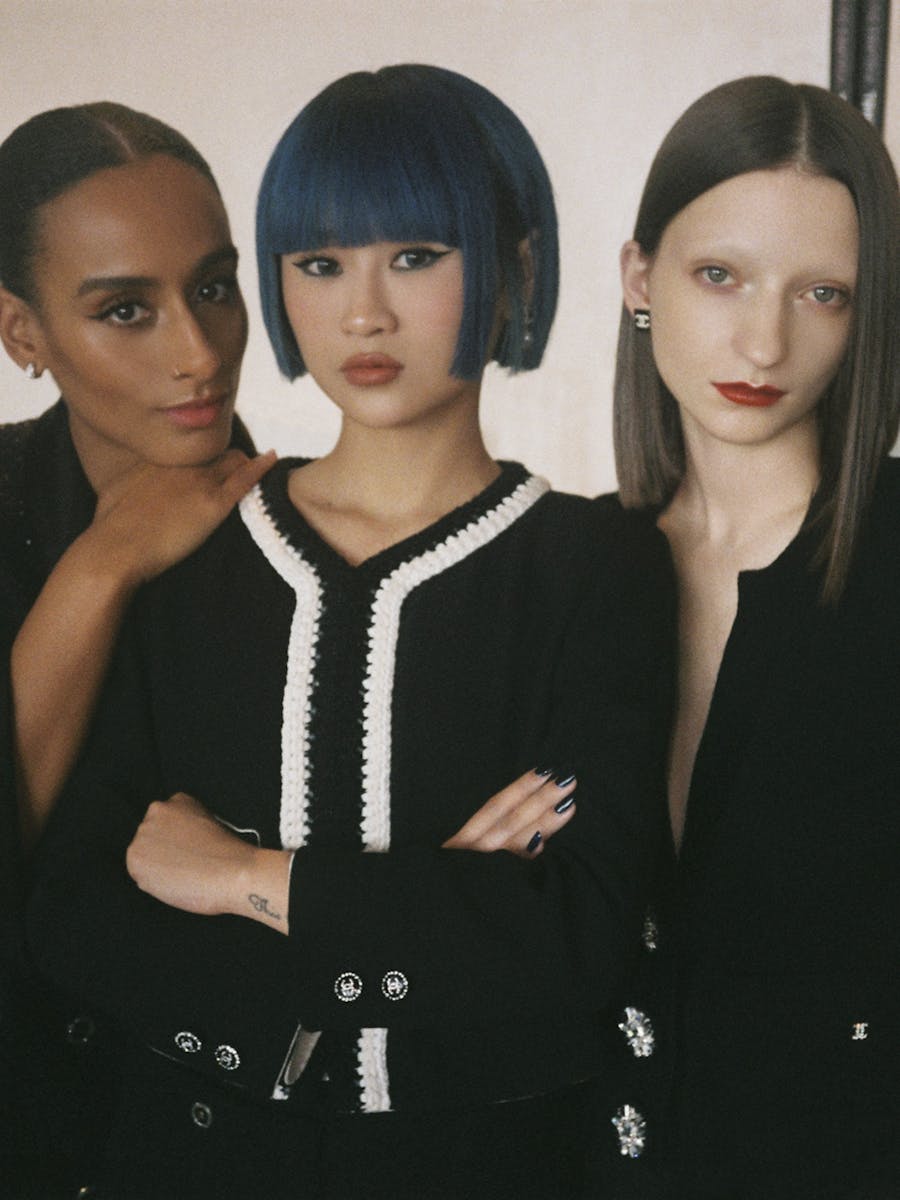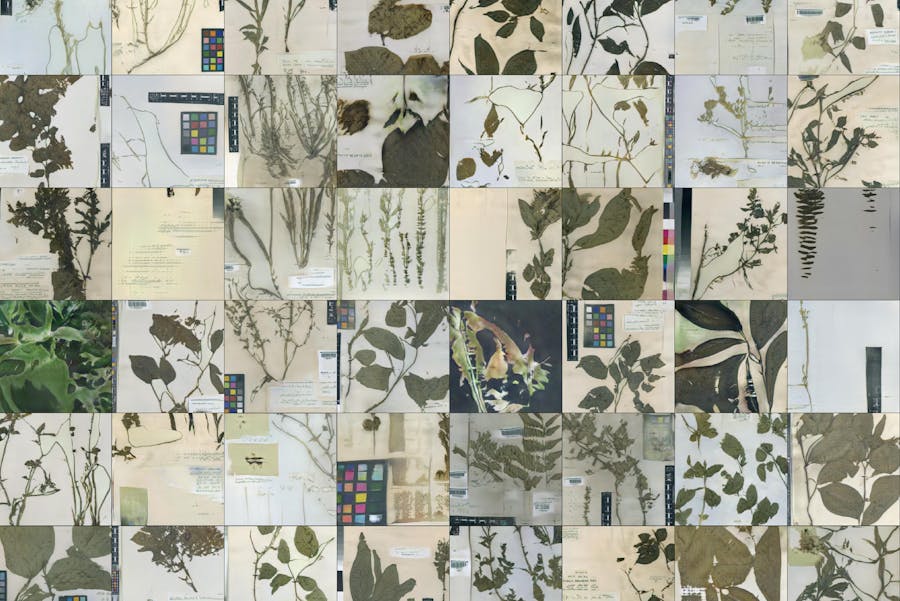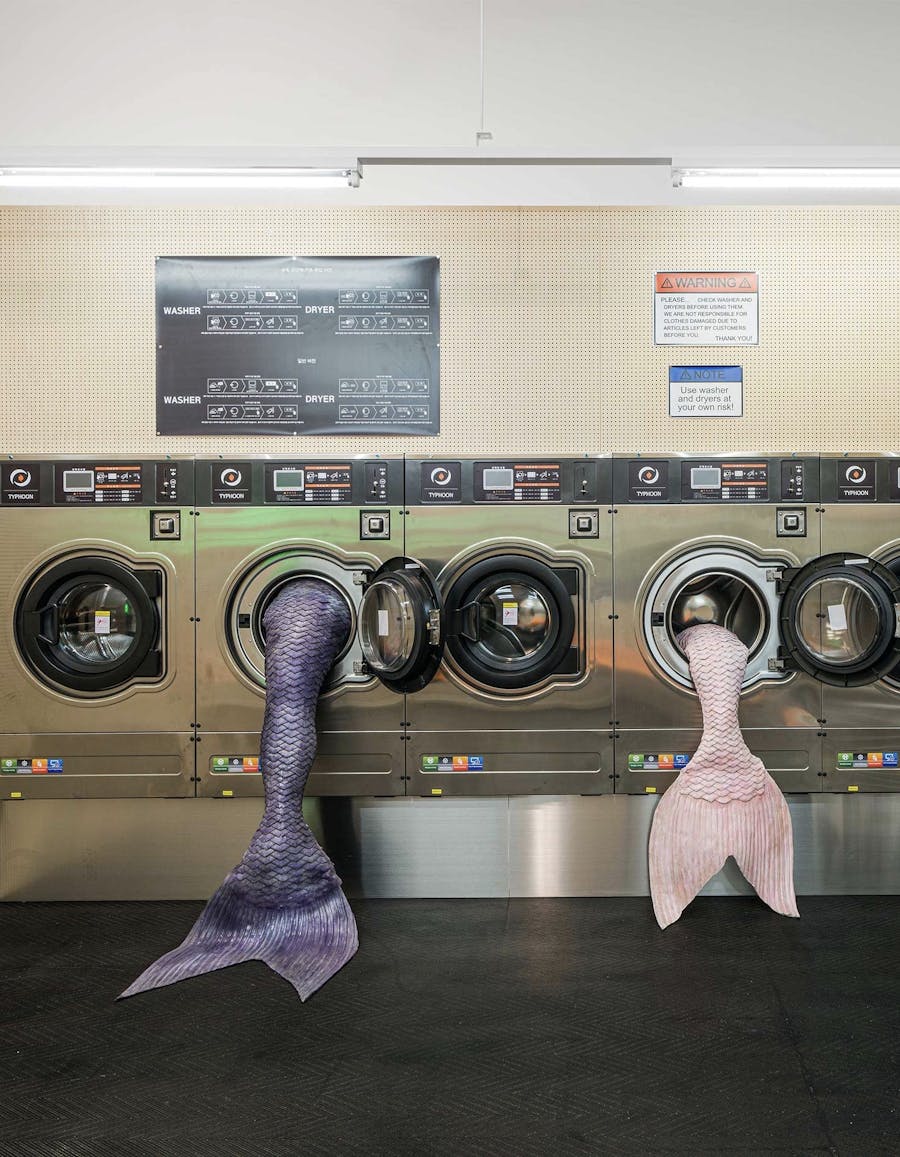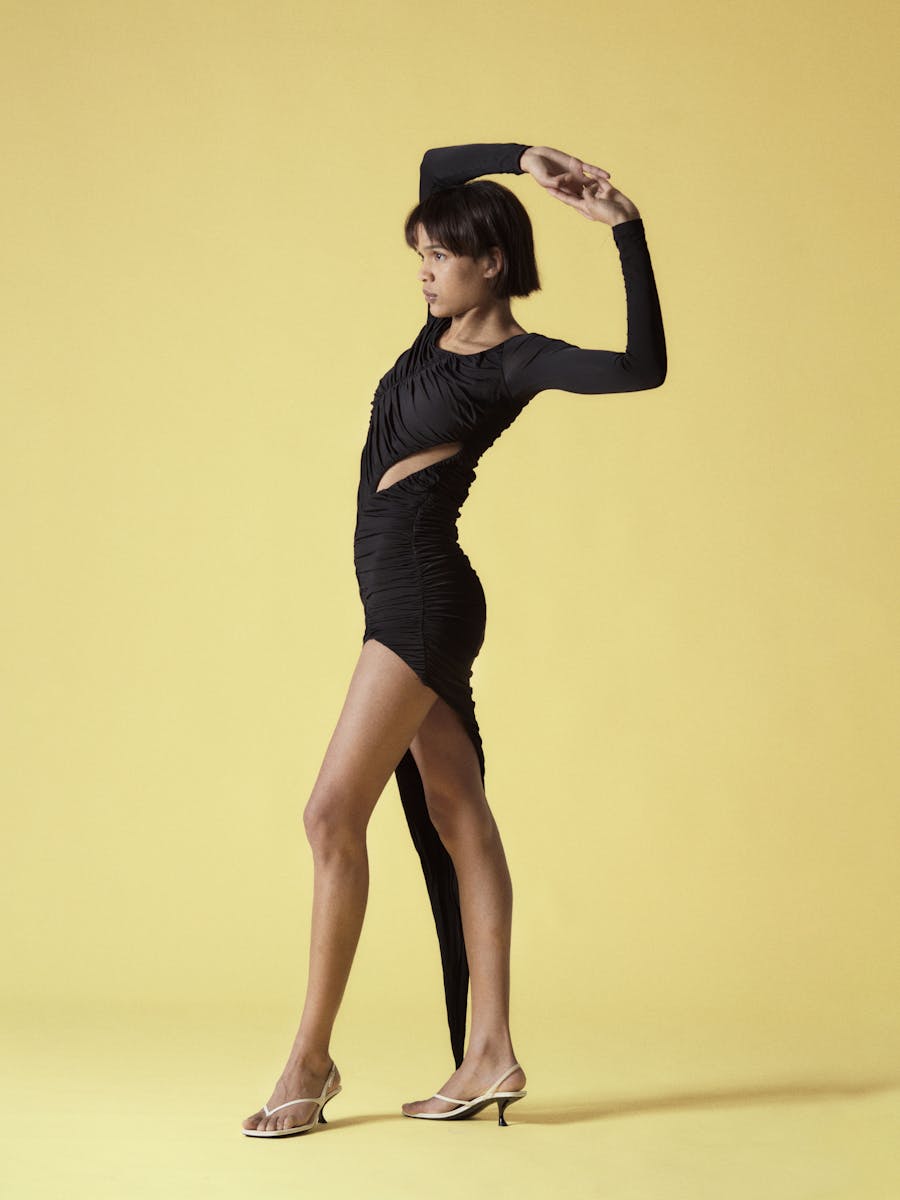From The Craft Issue
Last May, Bottega Veneta, one of the most iconic luxury houses, unveiled its new campaign: “Craft is our language.” As the brand’s first major initiative since Matthieu Blazy’s departure, it came across less as a marketing gesture than as a clear affirmation of continuity — a positioning that read like an affirmation of identity. Fronted by major figures of contemporary culture such as Julianne Moore and Zadie Smith, the campaign’s message recenters the brand’s values around its capacity to make. Less about aesthetics, more about substance. Less spotlight on the conductor, more on the musicians and the instrument makers. A broader look at today’s luxury market shows that this is more than just a positioning strategy, it reflects a global shift. For some time now, luxury players have been reversing decades-long logic. While brand aura used to rely on a mix of opaque production processes and emphasis on logos and advertising, the trend has flipped. Today, workshops and craftsmanship have taken center stage.
LVMH’s Journées Particulières rival France’s Journées du Patrimoine. Chanel’s 19M has become a tourist destination. Burberry has its Maker’s House. Since 2021, the Hermès in the Making exhibition has been touring internationally, while the Musée d’Orsay now hosts the annual Entrez en Matières festival, which brings together heritage houses like Baccarat, Bernardaud, Christofle, Hermès, Puiforcat, Sèvres, and the Mobilier National. Even the famously discreet house Rolex has opened its backstage to the public via a multichannel campaign tracing every step of its artisanal process, from ethical, traceable sourcing of precious materials to the final object.
Why this reversal? As is often the case when market forces and culture interact, several factors converge. The flood of images, their rapid obsolescence and standardization, corrode meaning and dilute substance. Consumers are increasingly disconnected from the tangible value of objects, and major brands struggle to justify their soaring prices. By championing its proprietary craft, Bottega has reframed traditional hedonistic codes into a material aesthetic of making.
Desirability is no longer symbolic, but grounded in gesture, skill, hand. In a world saturated with simulacra, the intelligence of making carries singular weight. As Germano Celant once wrote about fashion, “cutting is thinking” — because to make a garment is to engage in concrete thought. Anthropologist Tim Ingold supports this view. He sees crafting as a fundamental means of activating our cognitive frameworks: through craft, we shape the very tools we use to interpret the world. In the same spirit, archaeologist and theorist Lambros Malafouris coined the term “thinging” to describe a form of thinking with and through things.
These insights from the humanities resonate with market analyses of luxury’s upper echelons. Just as Lucinda Chambers moved from Vogue UK to sustainable fashion design, we now see former luxury executives becoming cheesemakers, florists, or glassblowers. The shift reflects a broader need for meaningful, embodied creation: an antidote to algorithmic void.
It may be too soon to draw conclusions. But not too early for economist and consultant Luca Solca to observe that unfulfilled promises of craftsmanship are increasingly perceived as ethical breaches. And that is no small matter.
The need is no longer escape, but contact, material, tangible, and rooted in capital-V Value. Some luxury houses have anticipated this demand. LOEWE, for example, whose foundation created in 1988 has worked to sanctify excellence in craft through reward and protection. It’s a worthy effort, but sanctifying craft alone won’t guarantee its survival. In Japan, for instance, it is the artisans and artists themselves who are elevated, officially designated as “Living National Treasures.”
So what if — in an effort to shift luxury’s center of gravity from symbol to gesture, from image to hand — we began offering that level of recognition to today’s creators? If hearts today are torn between ethics and aesthetics, perhaps such an honor would tip the balance toward meaning. It would also offer a way, in a world we hope will become less fragmented, to reaffirm what matters most: what we shape, shapes us.




